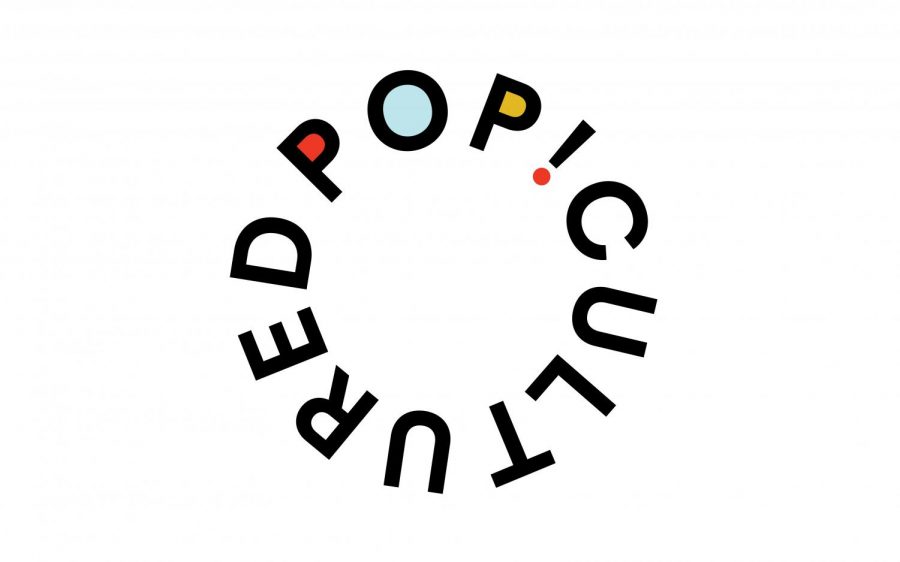Pop Cultured: The Importance of LGBTQ+ Narratives in YA Literature
February 5, 2021
For many, reading offers escapism, new points of view and brilliant displays of art as a revolutionary source for change of all varieties. This is true for avid bookworms and those who occasionally venture into the world of literature. As a disabled, bisexual woman who grew up engrossed in any book I could get my hands on, the importance of equal representation in literature — particularly within the young adult genre — is something that I have become especially conscious of.
Statistics of LGBTQ+ Literature
While representation is important within literature as a whole, giving young adult and teenage readers access to stories that reflect their own identities is crucial. Being able to see oneself reflected in stories as a teenager provides a sense of community. For some communities, the disparaging truth is that representation is unequal and other stories are prioritized over those belonging to marginalized readers.
In a 2018 survey of LGBTQ+ novels in YA literature, author Malinda Lo — whose debut novel “Ash” was a notably queer retelling of Cinderella — found that 108 LGBTQ+ books were published by mainstream publishers. Of those 108 novels, approximately 56 featured cis-gendered queer female protagonists and 51 were in the contemporary sub-genre.
Diversity in YA Literature
The number of LGBTQ+ novels being published by mainstream publishers has risen considerably in recent years, but arguments are still being made regarding the diversity of these narratives and the publishing industry as a whole.
“Young people of color, like their white LGBTQ+ peers, need their experiences represented in books,” said Caroline Tung Richmond — YA author and program director of We Need Diverse Books — in a statement for NBC News.
Several novels featuring LGBTQ+ people of color have been published in recent years but receive less recognition than the majority of other narratives in the YA book market. Adib Khorram’s debut novel “Darius The Great is Not Okay” (2018) is the story of Darius Kellner — a young Persian boy who must navigate the intersections of his nerdiness and the culture of his family in Iran while coming to terms with his own sexuality.
A more overt example of LGBTQ+ young adult literature is Benjamin Alire Sáenz’s “Aristotle and Dante Discover The Secrets of The Universe.” The story centers on Aristotle and Dante — two Mexican-American teenagers in the ’80s — as they begin to explore their identities while navigating complicated relationships with each other and their families.
LGBTQ+ Representation
I was seventeen years old the first time I read Becky Albertalli’s “Leah On The Offbeat” — a novel about a plus-size bisexual teenager who learns to accept herself for who she is, entirely, without worrying about the opinions of others. Picking up that book illuminated the world of LGBTQ+ literature for me, and I haven’t stopped recommending and exploring books within the genre since. I only hope to see the diversity and sub-genres of LGBTQ+ narratives grow as the publishing industry becomes more aware of their role in resonating with young readers and providing them with a safe literary haven.








